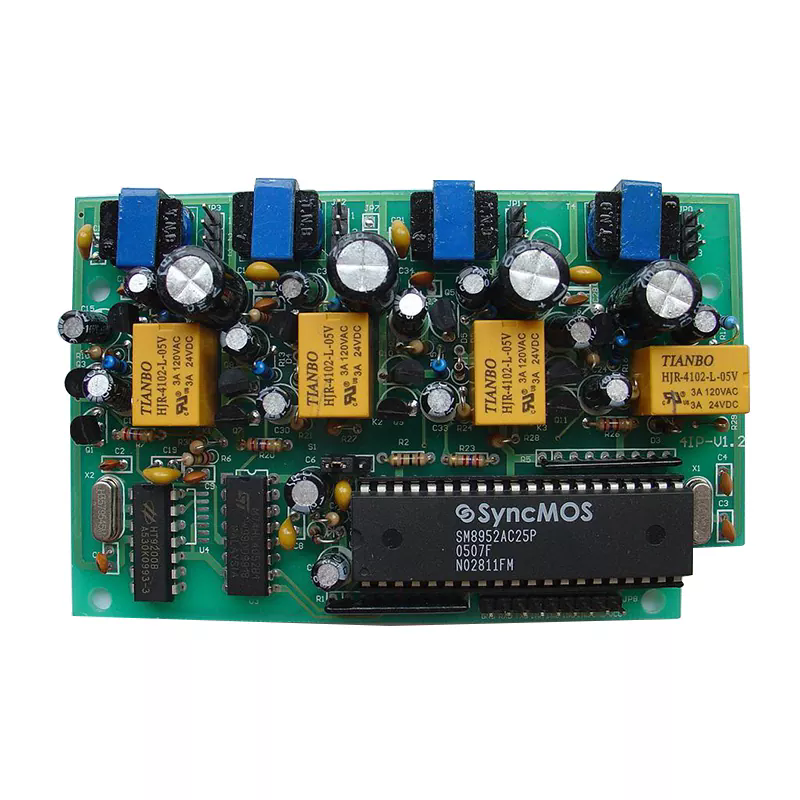PCBA Function Testing: Your Questions Answered
2024-10-30
Printed Circuit Board Assembly (PCBA) is a crucial step in the manufacturing process of electronic devices. Ensuring that each assembly functions correctly is vital for product reliability and customer satisfaction. This blog post will address common questions about PCBA function testing, its significance, methods, and best practices.
What Is PCBA Function Testing?
PCBA function testing is the process of verifying that a printed circuit board assembly operates as intended. This testing checks whether the electronic components, connections, and overall design meet the specified performance requirements. It is typically conducted after the assembly process but before the final product is enclosed or shipped.
Why Is Function Testing Important?
1. Quality Assurance: Function testing ensures that each assembly meets quality standards, reducing the likelihood of defects in the final product.
2. Reliability: By identifying and addressing issues early in the production process, function testing enhances the reliability of the product, preventing potential failures during use.
3. Cost-Effectiveness: Detecting problems during the assembly phase is more cost-effective than dealing with failures after the product has been released to the market.
4. Customer Satisfaction: Ensuring that products function correctly enhances customer trust and satisfaction, which is vital for brand reputation.
What Are the Common Methods of PCBA Function Testing?
Several methods can be used for PCBA function testing, including:
1. In-Circuit Testing (ICT): This method involves testing individual components and connections on the PCB while it is still in the circuit. ICT uses test probes to measure voltages and currents to ensure that each component functions correctly.
2. Functional Testing: This testing simulates the actual operating conditions of the final product. The PCBA is powered up, and its functionality is assessed based on predefined criteria and specifications.
3. Boundary Scan Testing: This technique uses special circuitry in the components to allow testing of the PCB without physical access to each point. It is particularly useful for high-density boards where traditional testing methods may be challenging.
4. Automated Optical Inspection (AOI): AOI uses cameras and computer software to visually inspect the solder joints and component placements on the PCB. This method is effective for detecting physical defects like misalignments or soldering issues.
5. Flying Probe Testing: This method employs robotic probes to test the PCB without the need for custom fixtures. It is especially useful for low-volume production runs or prototyping.
How Do You Prepare for PCBA Function Testing?
To ensure successful function testing of PCBA, follow these steps:
1. Design for Testability (DFT): Incorporate test points and design features that facilitate easier testing during the design phase of the PCB.
2. Create a Test Plan: Develop a comprehensive test plan outlining the testing procedures, required equipment, and expected outcomes.
3. Set Up Test Equipment: Ensure that the necessary testing equipment is calibrated and ready for use before the assembly process begins.
4. Train Personnel: Make sure that the team responsible for testing is trained in the procedures and understands the significance of each test.
5. Document Results: Keep thorough records of test results, including any failures and corrective actions taken, for quality assurance and traceability.
What Are Common Challenges in PCBA Function Testing?
1. Complex Designs: As PCB designs become more intricate, testing can become more complicated. Ensuring that all components and connections are accessible for testing can be challenging.
2. Time Constraints: Tight production schedules may limit the time available for thorough testing, leading to potential oversights.
3. Equipment Limitations: Some testing methods require specialized equipment, which may not be available or cost-effective for all manufacturers.
4. Variability in Components: Variations in component quality or specifications can impact testing outcomes and complicate the process.
Conclusion
PCBA function testing is a critical component of the electronics manufacturing process, ensuring that products are reliable and meet customer expectations. By understanding the methods, importance, and challenges of function testing, manufacturers can improve their quality assurance processes and deliver high-quality electronic devices. If you have further questions about PCBA function testing or need assistance with your testing processes, feel free to reach out!



